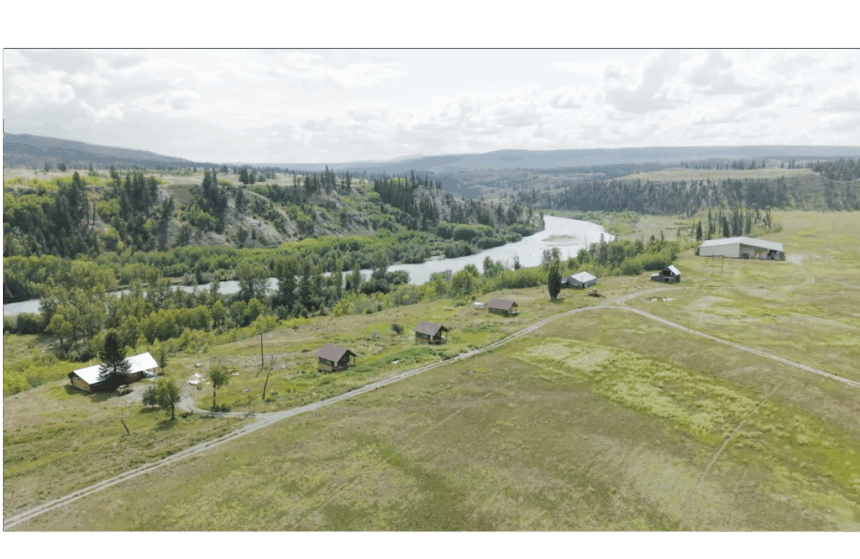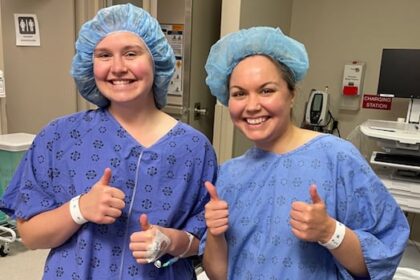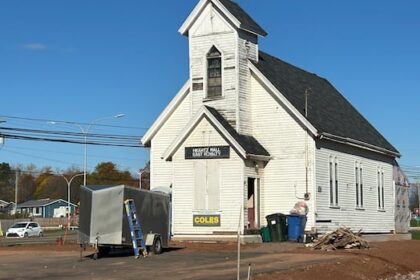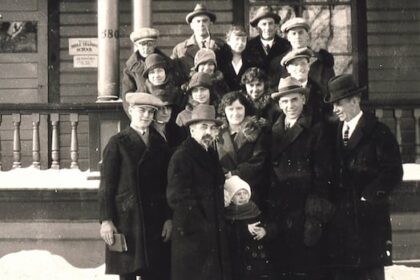An Indigenous-focused program in partnership with Red Road Recovery is expected to begin later this year at two properties west of Williams Lake The landscape at Red River Tŝilhqox, about 100 kilometres west of Williams Lake, where the new facility will be located. Screengrab from video courtesy of Red Road Recovery After declaring a state of emergency over the toxic drug crisis earlier this year, the Tŝilhqot’in Nation will open a new Indigenous-led treatment facility later this year. Services will be offered at two properties located about 100 kilometres west of Williams Lake, funded by $8.3 million from the province, according to a recent announcement. The Red Road River Tŝilhqox Healing & Wellness Model will be the fifth location for Red Road Recovery, which is headquartered in “Sorrento, B.C.” and combines traditional healing practices with the 12-step recovery program, according to their website. The new facility will be opened in partnership with Tŝilhqot’in National Government. In an interview, Yuneŝit’in Nits’ilʔin (Chief) Lennon Solomon reflected on his own sobriety journey, which led to him looking at what services are available in Indigenous communities. “Right now, this is the most important battle — the toxic drug crisis, the mental health of our nation,” he said. “I realized that our rural communities have very little support systems in place. There are some, but not enough to combat what is going on in every Indigenous community in Canada.” Since 2016, the year the province declared a public health emergency, more than 16,000 people have died from unregulated drugs in “B.C.” Indigenous people are far over-represented among those deaths. Last year, First Nations people were nearly seven times more likely to die from unregulated drugs than the rest of the population, making up one-in-five people killed by toxic drugs in the province in 2024. ‘We’ve all lost friends and family’ Solomon said the new facilities are still being built, and the goal is to have the centre up and running in three months. Their provincially funded services include 10 beds for recovery, 15 beds for treatment, and 10 beds for after-care and long-term healing. “So at least here, you’ll have long-term care, access to mental-health technicians and life skills coaches, and just to help you get back on track, or make a new track for yourself,” Solomon explained. He said the locations selected are ideal for the program, as it will be located on rural Tŝilhqot’in-owned properties near Hanceville, allowing for grounding and quiet routines. One of the planned treatment sites includes an equestrian centre, with horses to help clients at the centre in their healing. Screengrab from video courtesy of Red Road Recovery Solomon said he is thankful for the province’s continued support during the centre’s construction process. “We’ve been planning this for over three years,” he said, “and it’s just been hitting so many political holdbacks.” In April, a Tŝilhqot’in delegation travelled to the United Nations in “New York City” to call for increased funding from governments to deal with the toxic drug crisis — saying culturally appropriate and Indigenous-led responses are needed as people grapple with the impacts of residential “school” and other colonial traumas. Addressing an international audience at the UN highlighted the sense of urgency in the community, Solomon said. “When they spoke, it brought a new level of emergency to it,” he recalled. “We’ve all lost friends and family to the toxic drug crisis.” Sierra William was one of the Youth delegates sent to speak at the UN event from Xeni Gwet’in and Tl’etinqox First Nations. She highlighted the importance of a community-level response to the toxic drug crisis. A delegation from Tŝilhqot’in speaks at the United Nations in ‘New York City’ on April 24. Screenshot via UN video “It’s very important to have us at the decision-making table to make decisions within our communities, because at the end of the day, we know what we want and what we need for people,” she told IndigiNews. “We are meant to be in those spaces and our voices need to be heard.” Solomon said many communities have been particularly impacted by investigations into residential “school” sites which found evidence of unmarked children’s graves. “It really reopened a lot of wounds I found,” he said. “I think it just really showed a dire need for services.” ‘Doors are open’ to all: chief Solomon said he is inspired by Red Road Recovery’s success incorporating local Indigenous culture into their healing centres around the province. “When they approached us about this partnership, they talked about how they use culture on the land healing, same as we wanted to incorporate so that was just a perfect partnership,” he said. “They are as eager to learn from us as we are from them.” While focused on Tŝilhqot’in and Red Road Recovery teachings, Solomon said the new centre will be open to participants of all backgrounds and ancestry. “Our doors are open,” Solomon said. “No barriers on race, culture, backgrounds, nothing. We’re going to help everyone we can.” Scott Tremblett, CEO of Red Road Recovery, said his team believes “true healing begins when people are connected to culture, land and community.” “We’re grateful to the province and Ministry of Health for recognizing the urgent need and supporting this vision,” he said in a statement. “Together, we’re building a program rooted in tradition, identity and lifelong recovery.” Solomon noted that identity is tied to culture and community; but for some people, that has been lost. “We have places we go for healing, places we go to feel grounded, connected to the land, the rivers, lakes and mountains,” he said. “We’re going to incorporate all that into this, just so we can help re-establish our ancestral roots.” B.C. Health Minister Josie Osborne visited Tŝilhqot’in Nation to formally announce the new facility. Submitted photo More supports needed ‘fast’ Planning for the centre’s wellness programming has involved hearing input from Youth, Elders and families in the community. Solomon heard from Elders that they would like a grassroots program that brings the participants back to their connection with the land, similar to when their own parents and grandparents brought them to their territories’ mountains, meadows and rivers for a connection. Meanwhile, Youth told Solomon they hope the facility will incorporate technologies. William agreed that land-based treatment and traditional healing methods are “extremely important.” She attends gatherings on the land with her community, and said for her it has helped strengthen her mental health and identity. “Especially incorporating our language, our drumming and singing, our songs, our cultural teachings,” she said. “I feel like, if we incorporate a lot of these teachings into our treatment centers and into our healing, that we can get farther.” For William, the planned centre is just the beginning, saying more treatment facilities are required because the need is so great. She said other services in the area right now have long wait lists and aren’t accessible for some communities. “It affects us, like on a whole other level. And to see my family, to see our community members in our addictions, we need change and we need change fast and we need it now,” she said. “We need to have more funding for our treatment centers, and with that funding, we can have our knowledge keepers there, we can have our Elders there, and we can have that wrap-around support for our families who are in addictions.” Solomon agreed this centre is just a starting point. He hopes it will lead neighbouring nations to create their own Indigenous-led programs, too. “It took me a while to get a handle on where I wanted to see my term in leadership,” he said. “And then I was guided into healing, to show that our nation needed healing. And I think that healing is a battle we all need to fight. “I think when we stand together, there’s no fight we won’t win.”
Monday, 22 Dec 2025
Canada – The Illusion
Search
Have an existing account?
Sign In
© 2022 Foxiz News Network. Ruby Design Company. All Rights Reserved.
You May also Like
- More News:
- history
- Standing Bear Network
- John Gonzalez
- ᐊᔭᐦᑊ ayahp — It happened
- Creation
- Beneath the Water
- Olympic gold medal
- Jim Thorpe
- type O blood
- the bringer of life
- Raven
- Wás’agi
- NoiseCat
- 'Sugarcane'
- The rivers still sing
- ᑲᓂᐸᐏᐟ ᒪᐢᑿ
- ᐅᑳᐤ okâw — We remember
- ᐊᓂᓈᐯᐃᐧᐣ aninâpêwin — Truth
- This is what it means to be human.
- Nokoma











